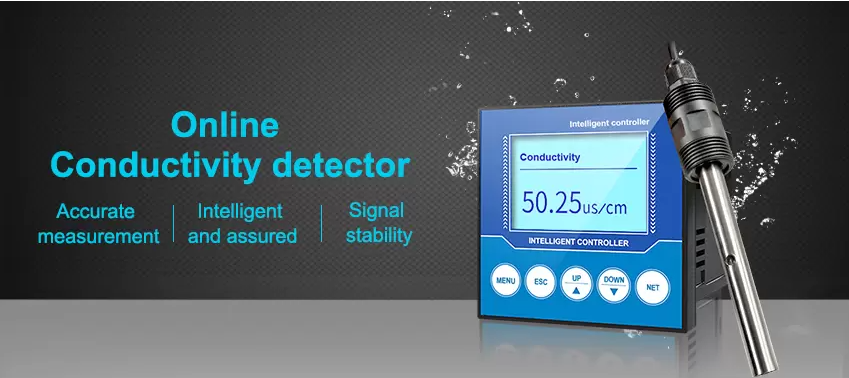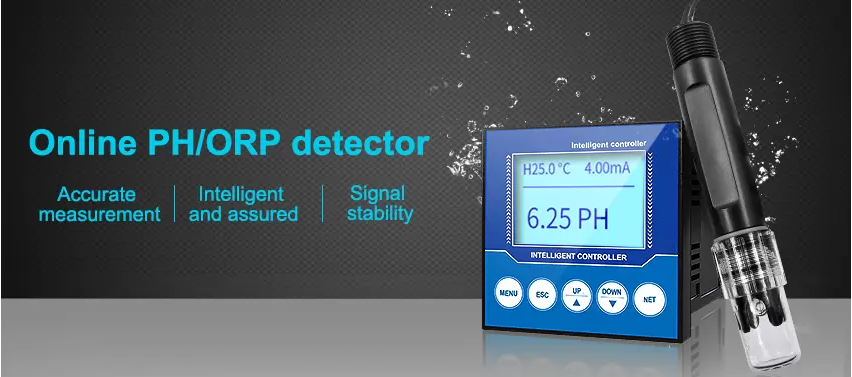Understanding IoT Water Quality Sensor:
IoT water quality sensor are compact, intelligent devices that use advanced technologies to monitor and analyze key parameters of water quality. These sensors are equipped with various probes to measure parameters such as pH, temperature, dissolved oxygen, conductivity, turbidity, and more.
Working Principle of Water Quality Sensor:
The Aquatic Guardian is a state-of-the-art water quality sensor that adopts IoT technology. It is designed to provide accurate and real-time data on water conditions. The device consists of a probe module, a microcontroller unit, and a wireless communication module. The probe module collects data from the water, which is then processed by the microcontroller unit. The processed data is transmitted wirelessly to a central server or a monitoring dashboard for analysis and visualization.
Key Features and Benefits of IoT Water Quality Sensor:
a. Comprehensive Monitoring:
The Aquatic Guardian measures multiple parameters simultaneously, giving a holistic view of water quality. This includes pH levels, temperature, dissolved oxygen, conductivity, turbidity, and more. Such comprehensive monitoring enables researchers and authorities to make informed decisions

b. Real-Time Data:
The Aquatic Guardian collects data in real-time, offering immediate insights into water quality changes. This rapid response capability allows for prompt action to be taken in case of any contamination or abnormality.
c. Wireless Connectivity:
The wireless communication module in Aquatic Guardian ensures seamless data transmission to a central server or monitoring dashboard. This feature eliminates the need for manual data collection and significantly reduces the time and effort required for data management.
d. Remote Monitoring:
With Aquatic Guardian, water quality can be monitored remotely from any location with internet access. This capability is especially valuable in cases where water bodies are difficult to access or in large-scale monitoring scenarios.

e. Alerts and Notifications:
Aquatic Guardian can be programmed to send alerts and notifications in case of any significant changes or deviations in water quality parameters. This proactive feature aids in timely interventions and prevents potential risks to aquatic ecosystems.
f. Data Analysis and Visualization:
The collected data can be analyzed and visualized using dedicated software or dashboards. This enables scientists and environmentalists to gain deep insights into trends, patterns, and correlations in water quality parameters, facilitating evidence-based decision-making.
Applications of IoT Water Quality Sensor:
The Aquatic Guardian has a wide range of applications, including:
a. Environmental Monitoring:
Aquatic Guardian can be used in rivers, lakes, and oceans to monitor water quality and ensure the well-being of marine life.

b. Aquaculture:
In fish farms and aquaculture systems, Aquatic Guardian can help maintain optimal water conditions for fish health and maximize productivity.
c. Drinking Water Safety:
By continuously monitoring water quality parameters, Aquatic Guardian contributes to ensuring the safety and quality of drinking water supplies.
d. Water Treatment Plants:
Aquatic Guardian assists in monitoring the efficiency of water treatment processes, ensuring the removal of contaminants and maintaining compliance with regulatory standards.
e. Research and Education:
Aquatic Guardian serves as a valuable tool in scientific research and educational institutions, enabling students and researchers to study and understand water ecosystems better.
Conclusion
The iot water quality sensor IoT water quality sensor is a cutting-edge solution for effective water quality monitoring. With its comprehensive monitoring capabilities, real-time data collection, and wireless connectivity, it empowers stakeholders to make informed decisions, preventing water pollution, and securing the health of aquatic ecosystems. Embracing this technology can contribute towards a sustainable future where water resources are protected and preserved for generations to come.